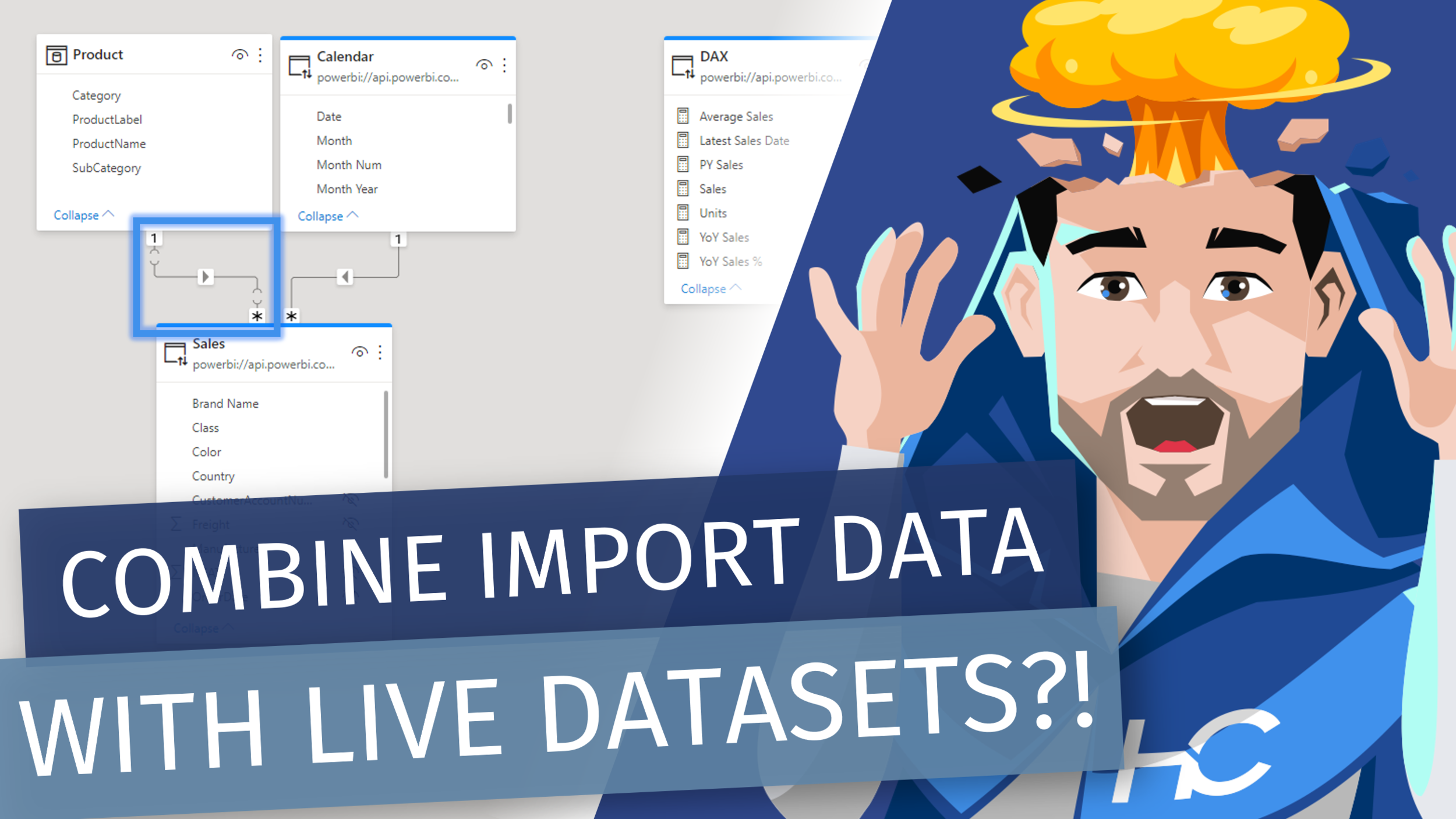DESCRIPTION 📄
A review of semantic model storage modes available today in Microsoft Fabric. In particular, let's look at the new Direct Lake storage mode and help understand how this compares with Import and Direct Query, and when you might use each.
GUEST BIO 👤
Phil works for Microsoft on the Fabric Customer Advisory Team (CAT) as a DAX and Data Modelling specialist.
As part of this role, he helps global enterprise customers to optimize and tune large data models to perform their best under heavy load.
Phil has over 30 years of experience in I.T. with most of that time building solutions in business intelligence and advanced analytics.






